All audiences
Tuesday to Sunday 11am - 6pm
Wednesday nights until 9pm
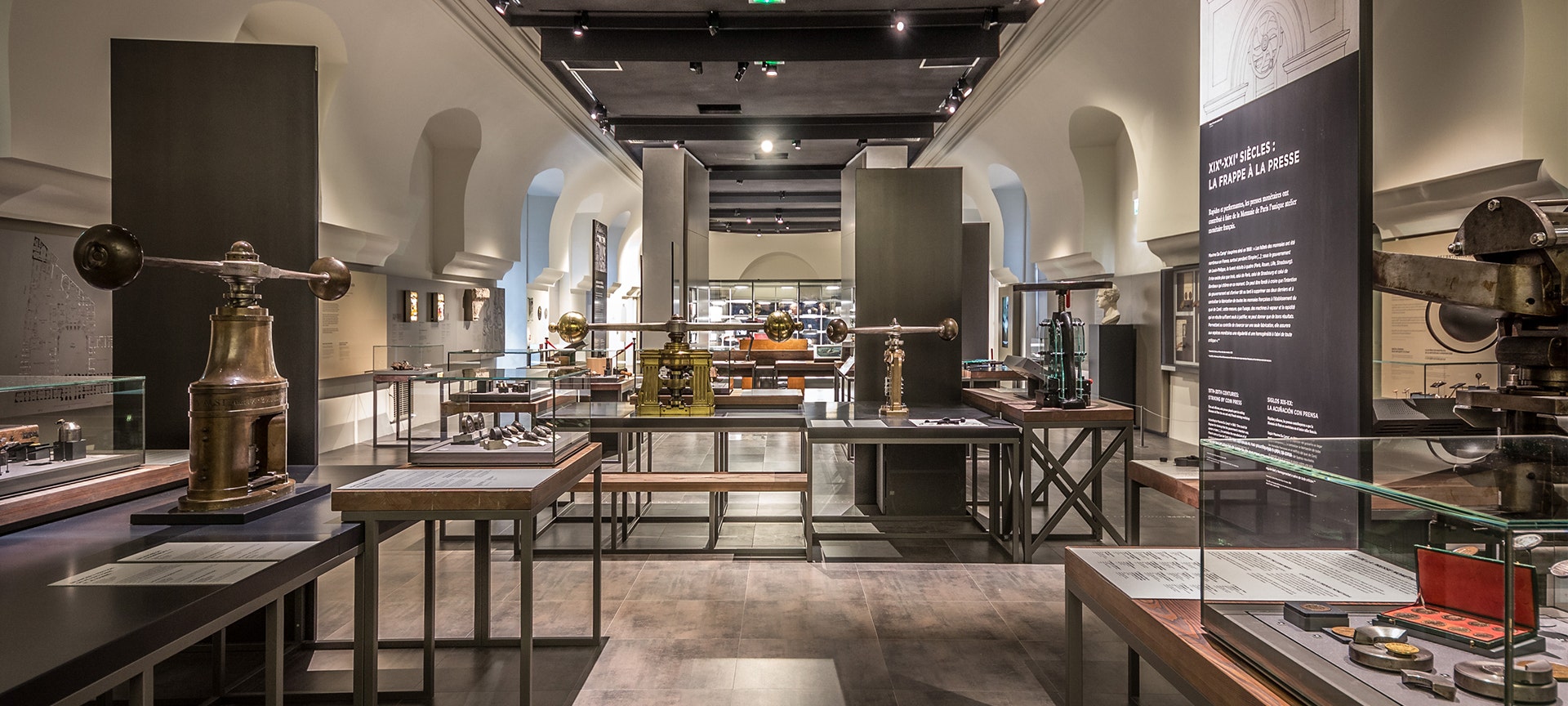
Full price: €12
Reduced price 2:* €8
Youth price (-26 years):* free
First Sunday of the month: free
Free entrance all month of August
The Monnaie de Paris incorporates a museum and a factory. It offers a unique experience, combining exhibition galleries with a view of some of the manufacturing workshops. Involving all the senses, the museum route presents the know-how of the Monnaie de Paris and its heritage. Created using a universal design approach, the museum is for everyone and invites you to participate in an experience that will introduce you to the workings of this temple to coinage and craftsmanship.
The museum unites different disciplines (art; science and technology; the history of peoples, tastes and the economy) to reveal the wealth and diversity of the Monnaie de Paris’ collections, and to shine a spotlight on the men, women and creative professions that ensure the quality of the production.
Look, touch, listen and feel: explore the museum’s themes using all your senses. The museum introduces you to our artisans via profiles, accounts and interviews with experts as well as views of some of our manufacturing workshops. You can immerse yourself in the atmosphere of these workshops via olfactory installations, watch the preparation and casting of decorative cast iron in the foundry and enjoy the engraving demonstrations that are regular features of museum visits.
Educational videos explain the manufacturing process, while interactive exhibits allow you to experience the techniques involved in striking coins and to explore the collections in a fun way through games. The most curious can discover the ‘Numiscope’, an augmented reality installation.
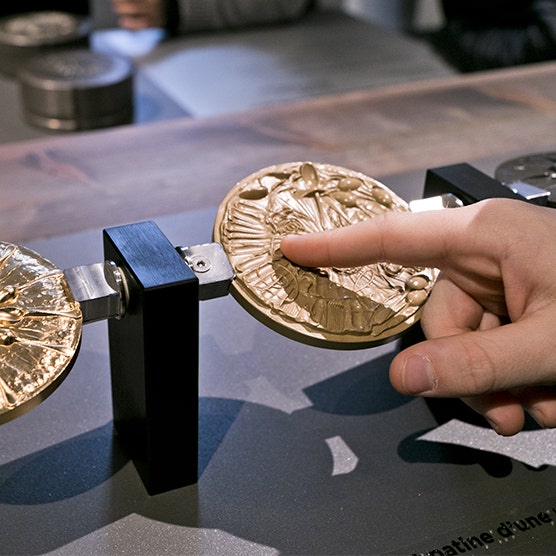

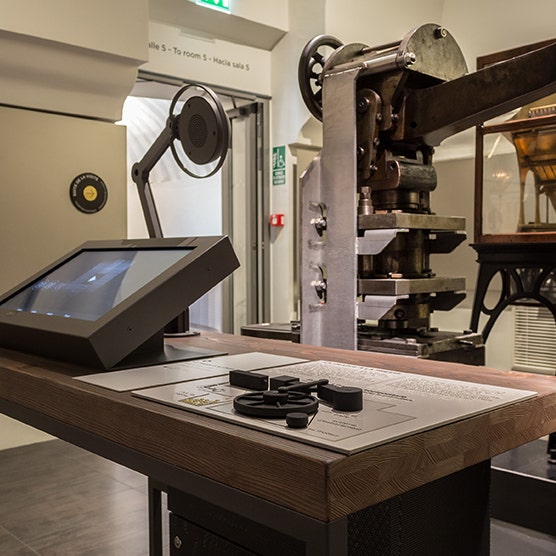
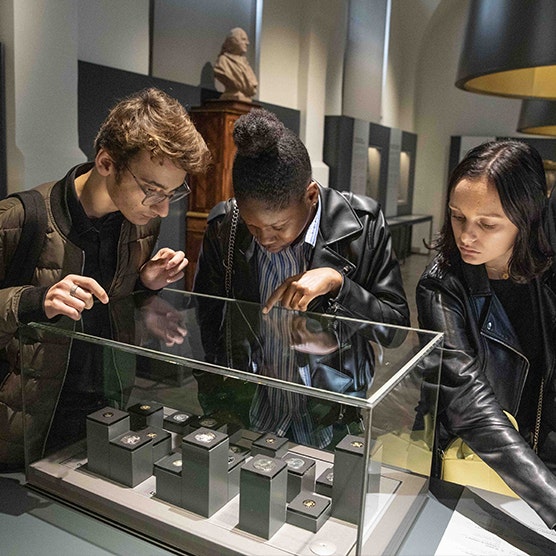
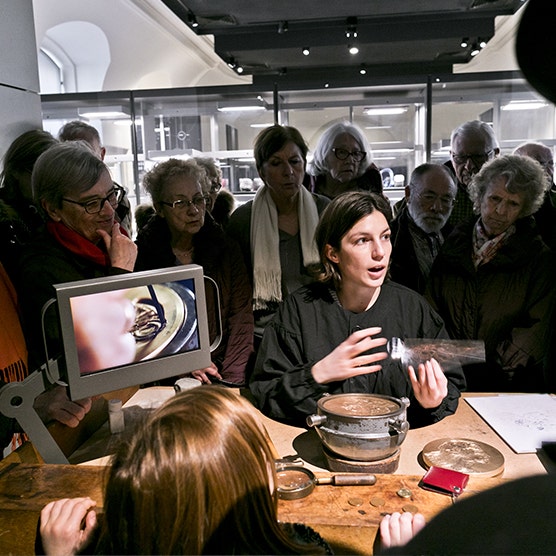
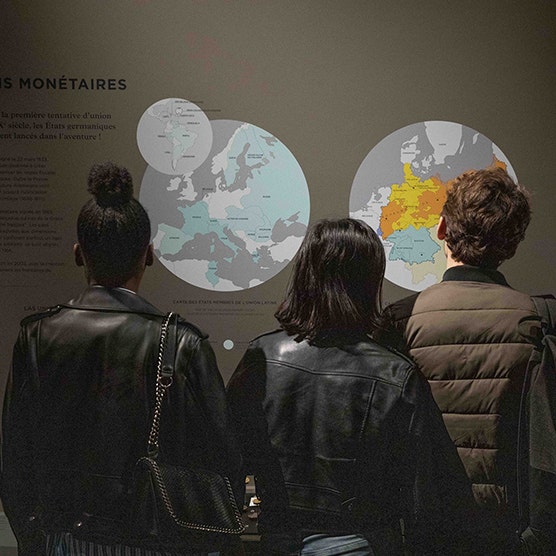
Discover our workshops for everyone, and our different types of visits.
Come and admire a demonstration of the skills of the Monnaie de Paris craftsmen and ask them your questions.
Hot off the press. Witness the preparation and casting of art cast iron in the Foundry, visible from the museum.
A collection of 170,000 objects, including coins, medals, tokens, monetary treasures, historical tools, vintage machinery, paintings and sculptures...
Masterpieces in reserve! Discover the hidden treasures of La Monnaie de Paris in the company of the curators of this centuries-old institution, whether at the Quai de Conti or at the factory in Pessac
The Monnaie de Paris and the Institut de France have joined forces to enable visitors and passers-by to discover their activities, their history and their heritage treasures in a different way, via a sound work specially designed for their sites and their district.
Let the children take ownership of the app and wander through the museum in search of clues to solve the puzzles and learn while having fun.
This activity booklet invites children to discover the Monnaie de Paris.
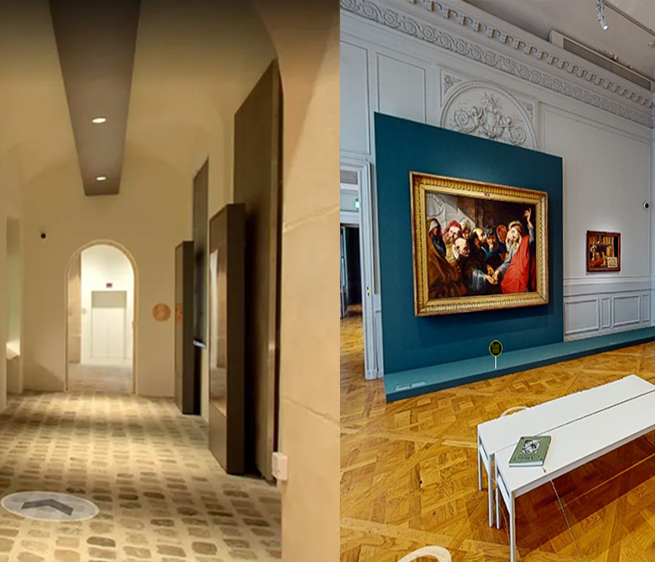
Here you will find all our online virtual tours. Explore the museum and the spaces of La Monnaie de Paris from your sofa, or discover our past temporary exhibitions and their enriched content with the help of your mouse!
We invite you to update it to have an optimal and secured experience.
